#sarah angelina acland
Text
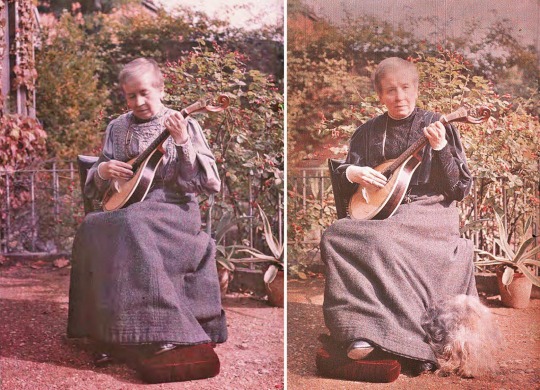
Self-portrait (1912) - Sarah Angelina Acland
4 notes
·
View notes
Text
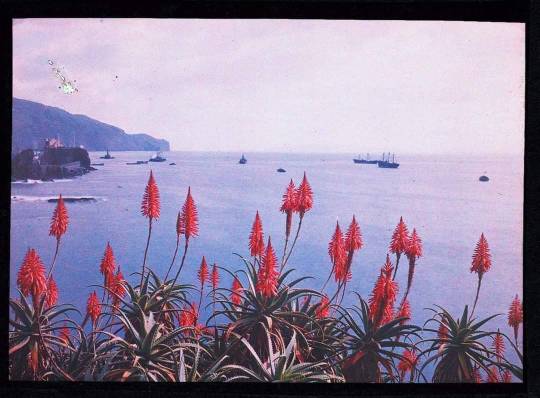
La flor del aloé.
Sarah Angelina Acland, autocromo, Funchal, c.1910
104 notes
·
View notes
Text
Exhibition Review: Colour Revolution: Victorian Art, Fashion and Design (Ashmolean Museum)
The novels by Charles Dickens and black and white photos have led people to believe that the Victoria era period was dark and gloomy. Certainly, photographs of the period in black and white have failed to convey a sense of what it was really like colour wise during the late 19th century.
The Ashmolean’s current exhibition Colour Revolution: Victorian Art, Fashion and Design is an attempt to…

View On WordPress
#19th century British History#art history#Ashmolean Museum#Colour Revolution#John Ruskin#Loie Fuller#Queen Victoria#Sarah Angelina Acland#social history
0 notes
Photo

La flor del aloé.
Sarah Angelina Acland, autocromo, Funchal, c.1910
8 notes
·
View notes
Text
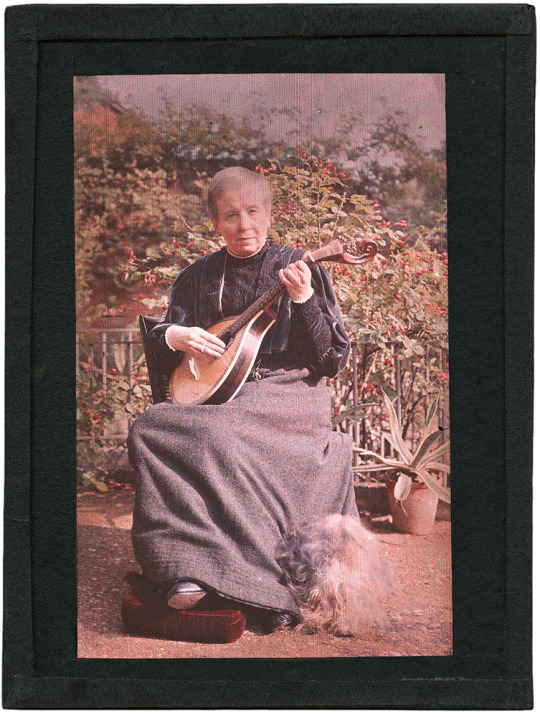
Early 20th-century colour self-portrait photograph of Sarah Angelina Acland
2 notes
·
View notes
Text
Woman Crush Wednesday: Ellen Carey
When did you initially become interested in color?
In my childhood, I was raised Catholic, so looking at color in the stain glass windows at church is an early memory. The name Ellen, in Gaelic, Irish, Celtic means “light” or “bringer of light” a prescient gift from my parents, introducing fate and destiny. At Kansas City Art Institute (KCAI), my undergraduate freshman foundations program introduced me to Josef Albers and his color theory. My final project was an installation that freshman year was a wall of color; I did color printing in lithography. At SUNY@Buffalo, my MFA graduate thesis at Hallwalls was my black and white “Self-Portrait” series that experimented with a monochrome palette in the over-painting, later adding color.
Years ago, you experimented with black and white abstractions, so Struck by Light is quite the jump.
Yes and no. As stated above, color was always in my life and work, however a more concentrated effort began with my large format Polaroid 20 X 24 “Self-Portrait” series (1983-1987); I tried the large format Polaroid in black and white; it was not as visually exciting, although really early work was with the SX-70. Polaroid’s instant technology and the soft brilliance of its dyes are exceptional, but when the Polaroid Artists Support Program ended in 1987, I went back to the darkroom, starting my research on photograms. My question: ”What does an abstract photograph look like?” begins here. You are correct, in that it was years ago, and I did struggle. I began with black & white photograms, but when I turned to color, with the photogram, I realized light, photography’s indexical, was radically different, the palette electrified the composition, whether it was expressed in muted tones or bolder hues. Color is an artist’s universe and photographic color theory (RGBYMC) photography’s planet. Characteristics imbedded in our medium revealed themselves anew --- light and shadow --- with themes of interest --- love and loss, beauty and joy --- full of artistic potential, working within the visual breakthroughs found in the tenets of Abstract Expressionism, Minimal and Conceptual Art. Less-is-more is one of my experimental guide posts, rethinking photography vis-a-vis process, this eliminates the picture sign, re-arranges the hierarchy of an image that captures something “out there” to a photographic object that expresses itself “in there”; its visceral and visual, referencing the elemental wonder of photography, inside the black box of the color darkroom, which is light-tight. So I began a commitment to my discipline, a concentrated study of color in art and photography, its history and practitioners around 2000, leaving black and white behind.
How did you react after finishing your first photogram?
In black and white, I knew I was on to something, but color was the key, the turning point, opening the door to my imagination. I reacted to its wonder, imaging this is how it must have been, this incredible experience, for the earliest practitioners.
Did you know right away you wanted to go forward with making more?
Absolutely!
I saw your work at AIPAD, and what struck me when I first saw them, after being struck by the color and vibrancy, was the way they were displayed. Do you often display Struck by Light in a grid form, or does it depend on the space in which they’re being shown?
That large installation of “Dings & Shadows” was conceptually designed that way, 4 rows of 5, as RGBYMC, 20 unique color photograms total; I have done two more, one is the same size, the other slightly smaller. Size and scale are important in my work, as Robert Smithson said: “Size can be a crack in a wall or the Grand Canyon”. The “dings” are my “shadow” catchers, a “ding” is taboo in our profession, and so I am breaking with that tradition. The grid references one of the universal codes in art, the square; the other is the circle. My grid-as-photogram installation has the colors as RGBYMC, a split filter reference in the image as well as photographic color theory, a unique characteristic of our medium, like the shadow. In that particular artwork, the colors have to seamlessly flow and blend, into one-another or ricocheting off of each other, making new colors, hues or shadows. All four edges create mini-compositions, another grid, the over-all gestalt and the synoptic clarity is pristine, compelling in its color variations, with hues and high-tech vibrancy, containing high visual impact.
You’ve worked on this series for about 23 years, between 1992-2015
WOW. That is a long time! It actually extends to 2017; I have more ideas, more work to do!
How did you decide the project was finished?
By project, do you mean the whole “Struck by Light” project? Or one picture? A series, or an installation? I work until the whole image is perfect, my standards are very, very high, the ratio is 1 perfect photogram out of 5 try-outs, some days are better, and some days don’t go well. The color darkroom is light tight; so I am working blind, pitch black, different than the amber light of black/white darkroom. I love making color photograms, will continue to print as long as the paper and processor lasts!
Do you still feel the project is finished?
It is very obvious to me, and anyone who has witnessed me working, that the “object speaks back” loudly and clearly! I have my own rules, what I call the 4 C’s: Concept, Context, Content and Citation (or Site), so it works or it does not. My work is experimental, randomness and chance play key roles, followed by choice in palette and form, like automatic drawing in Dada and Surrealism; one doesn’t know what eventually will be seen, these play key roles. As you pointed out, several decades of printing have helped; the physical aspects, gaining experience over time and time is important to an artist: time to think, read, make art, write, reflect, look at art, travel, nature is wonderful too. I don’t see an end to the project; I just tried a few new ideas. “Struck by Light” is an expansive, umbrella concept.
I appreciate the number of historical references made in regards to this project, dating back to 1834 with William Henry Fox Talbot and noting Anna Atkins as the first woman practitioner and the first in color. Did you want this project to be homage to Atkins, or did it transform into that after working on it for so long and learning more and more about photograms and color?
I am working on a curatorial project and as the curator; named “Anon.” this underscores my concept of exclusion/absence in this new area of scholarship. ”Women in Colour: Anna Atkins, Color Photography and Those Struck by Light” opens mid-August thru September at The Rubber Factory (Lower East Side), the owner, Mike Tan, is hosting this group exhibition.
Briefly stated, in my research on color photography, I noticed that a lot of women were using color, a completely different skill set from black and white photography (technical, expensive, color chemistry etc.), which prompted a question: “Where would women color practitioners be without the work of Anna Atkins?”; often my project start with a question.
Colour/color photography begins with Anna Atkins, photography’s first female practitioner, first in color, with her blue cyanotypes. She also did the first photo-book, predating Talbot, and she is first to use writing in her pictures, a precursor to Word Art. Her compositions, in my opinion, point the way to minimalism and abstraction in photography, in their use of: off-frame space, a reductive palette, transformative power of color, size and scale plus many other tenets in her stellar compositions, no bigger than a page in a book. She made thousands of images, giving them away, so her gifts were literally gifts.
Colour, the British spelling, highlights that color photography has its origins in England; Atkins followed by Sarah Angelina Acland, the late Victorian, who specialized in the Sanger-Shepard process. My research found out that a DNA gene, tetrachromacy, is only carried by women; if they have this gene, women can discern color better than men, who have a higher percentage of color blindness.
So my project pays homage to Anna Atkins, whom we know very little about, while opening up a new field of scholarship on women and colour/color photography. I used my photogram practice “Struck by Light” to include many references: the twin aspects of photography and its indexical, light; as a phrase often used for inspiration, which includes the inspiration of photography, its earliest photogram as drawing with light; that history as the photogram continues today. It’s a record of light seen found in the end result, the photographic object, and with that object, light-sensitive paper was struck by (another) light. As the project’s author, my name Ellen means light and color is light, seen in nature’s rainbow, which is full of color.
WCW QUESTIONNAIRE
How would you describe your creative process in one word?
Exhilarating
If you could teach a one, one-hour class on anything, what would it be?
How to Make Color Photograms that Teaches Photographic Color Theory with a Lecture on Anna Atkins and her Cyanotypes Plus Women+Color+Photography
What is the last film you saw or book you read that inspired you?
Documentary Film: Ron Howard; “Beatles: Eight Days a Week”
Book by Henry Adams: “Tom & Jack: The Intertwining Lives of Thomas Hart Benton & Jackson Pollock”
What is the most played song in your music library?
The Greatest Hits by Barry White
How do you take your coffee?
Dark Roast with Milk - Hot!
1 note
·
View note
Text
Madeira ca. 1910 in color
Autochromes & Paget plates by Sarah Angelina Acland from the Museum of the History of Science, Oxford
Click to view images:
http://www.mhs.ox.ac.uk/object/inv/29246
http://www.mhs.ox.ac.uk/object/inv/20827
http://www.mhs.ox.ac.uk/object/inv/18183
http://www.mhs.ox.ac.uk/object/inv/27429
http://www.mhs.ox.ac.uk/object/inv/24613
0 notes
Text
Afbeeldingen website templates
Verschillende personen kunnen de identieke nieuwe term uit deze wortels onafhankelijk hebben bedacht. Organisaties met een budget en een noodzaak voor fotografie hebben verschillende opties: ze zullen een fotograaf direct in dienst, het beheer van een openbare concurrenten, of het verwerven van rechten op de inventaris beelden foto beelden kunnen worden verkregen via de traditionele voorraad reuzen, vergelijkbaar met getty foto's of corbis; kleinere microstock bedrijven, die lijkt op fotolia; of netto marktplaatsen, wat overeenkomt met cutcaster.
Onze state-of-the-art fotografie gereedschappen photography en faciliteiten belichamen de meest recente industrie gemeengoed camera's (professionele dslr, middelgrote en grote formaat digitale camera's), superieure studio / locatie verlichting, kleurbeheer pc labs en software zoals adobe photoshop / lightroom, premiere pro en seize one.
Shade foto's was haalbaar langdurig eerder dan kodachrome, omdat dit 1903 portret van sarah angelina acland toont echter in zijn vroegste jaren, de noodzaak voor bepaalde versnelling, langdurige blootstelling, en ingewikkelde printprocessen maakte het uiterst ongewoon.
Onze digitale fotografie ervaring is de perfecte in canada en een van de grootste in noord-amerika. Concert afbeeldingen richt op het verkrijgen ogenbliksfotografie van zowel de artiest of band naast de omgeving (groepsverband). Al meer dan 40 jaar, heeft sheridan foto's van het programma een uitstekende handel populariteit gehad. Dus de levering van de foto's was vooral bezig met het uitvinden van middelen om het beeld geproduceerd door de digicam obscura het vastleggen en behouden.
In het tweede jaar, moet u de mogelijkheid om uw verstandige en conceptuele vaardigheden richten op een aantal verschillende gebieden, waaronder het werken met portret, landschap en documentaire beelden te hebben. In uw fotografie lessen, zul je conceptueel te creëren, visueel en technisch overtuigende foto's en filmpjes, en verken de fotografie expressieve mogelijkheden in de huidige en de stijgende velden. Het bevorderen van fotografie: afbeeldingen gemaakt als een voorbeeld en meestal bevorderen van een dienst of product.
0 notes
Text
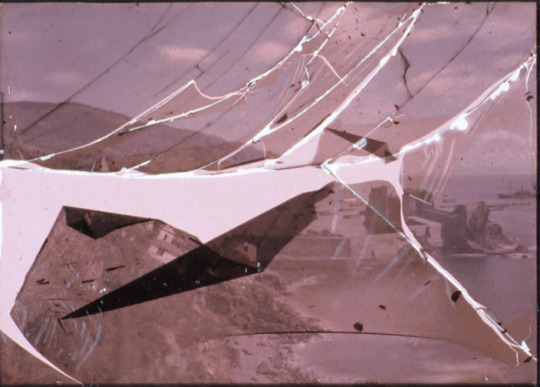
Broken autochrome photograph of Funchal Bay, Madeira (1910) - Sarah Angelina Acland
1 note
·
View note
Photo
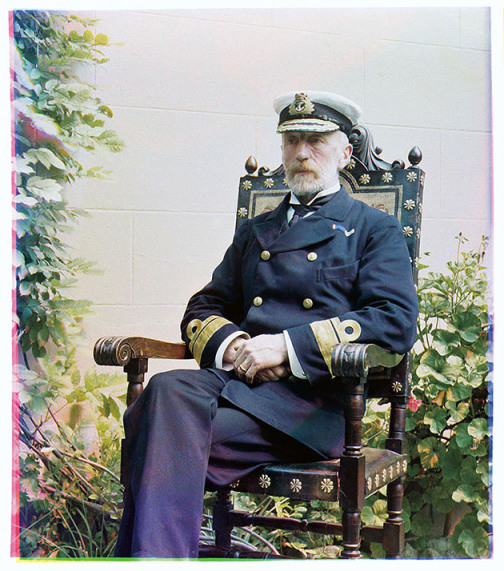
Admiral William Alison Dyke Acland in Gibraltar, 1903.
by Sarah Angelina Acland
0 notes
Quote
“Sarah Angelina Acland’s contributions to black-and-white and color photography are a little-known chapter in the history of photography. . . . The beautiful plates and Giles Hudson’s meticulously researched text make this book a collector’s item every library should own.”
Woman's Art Journal, review of Sarah Angelina Acland: First Lady of Colour Photography
1 note
·
View note
Photo
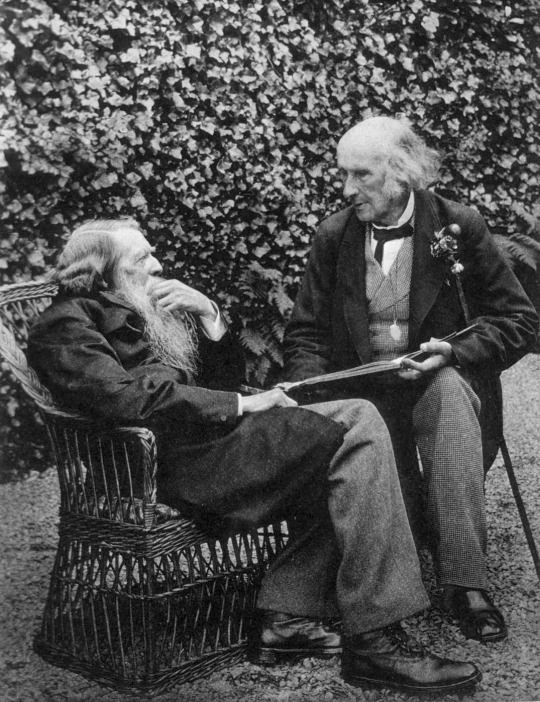
John Ruskin (left) and Sir Henry Acland (right), 1983.
by Sarah Angelina Acland
0 notes
Photo
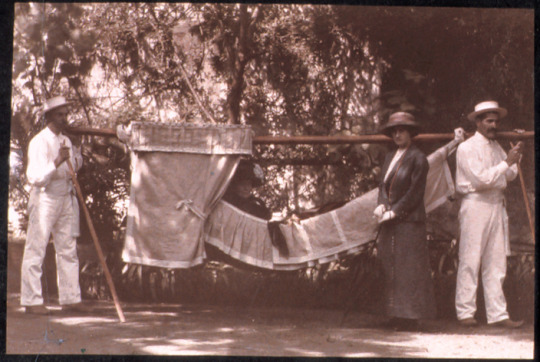
Autochrome glass transparency. It shows the portable hammock in which Miss Acland was carried around on Madeira, with her companion and native bearers, probably in the garden of Reid's Hotel, 1910.
by Sarah Angelina Acland
1 note
·
View note
Photo
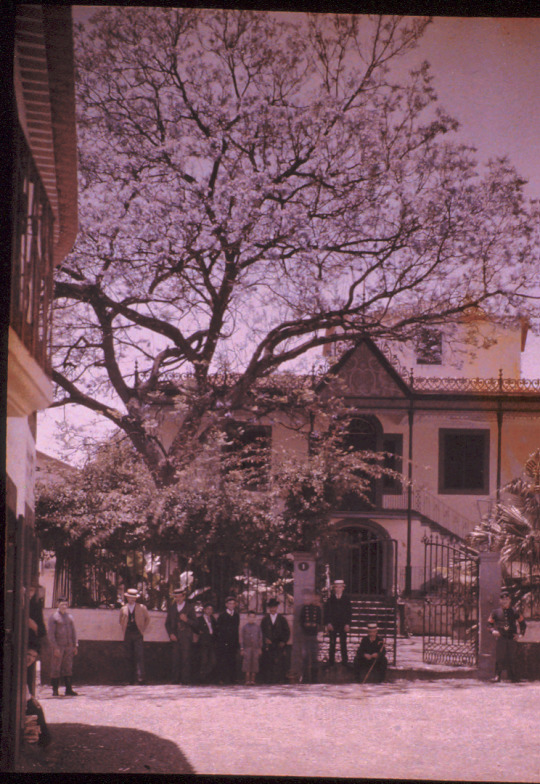
Colour Photograph (Autochrome) of a Street Scene in Funchal, Madeira, with Figures and Blue Tree, 1910
by Sarah Angelina Acland
6 notes
·
View notes
Photo

Colour Photograph (Autochrome) of Miss Acland with her Portuguese Guitar.
by Sarah Angelina Acland
10 notes
·
View notes
Photo
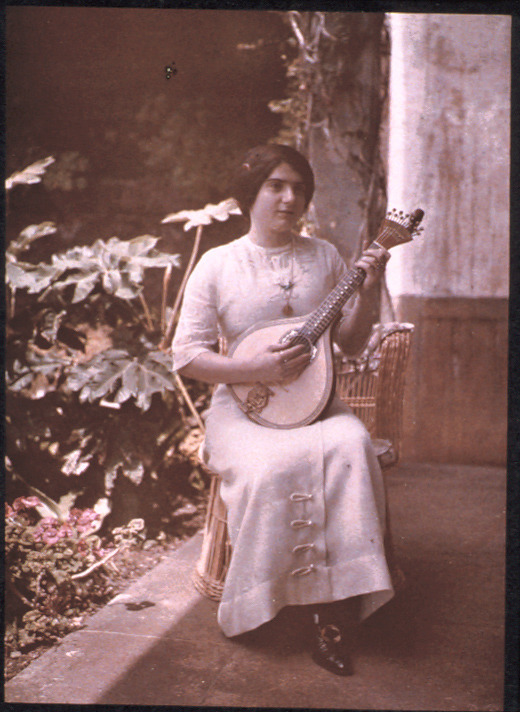
Colour Photograph (Autochrome) of a Woman Playing the Portuguese Guitar, Taken in Madeira, 1910.
by Sarah Angelina Acland
14 notes
·
View notes